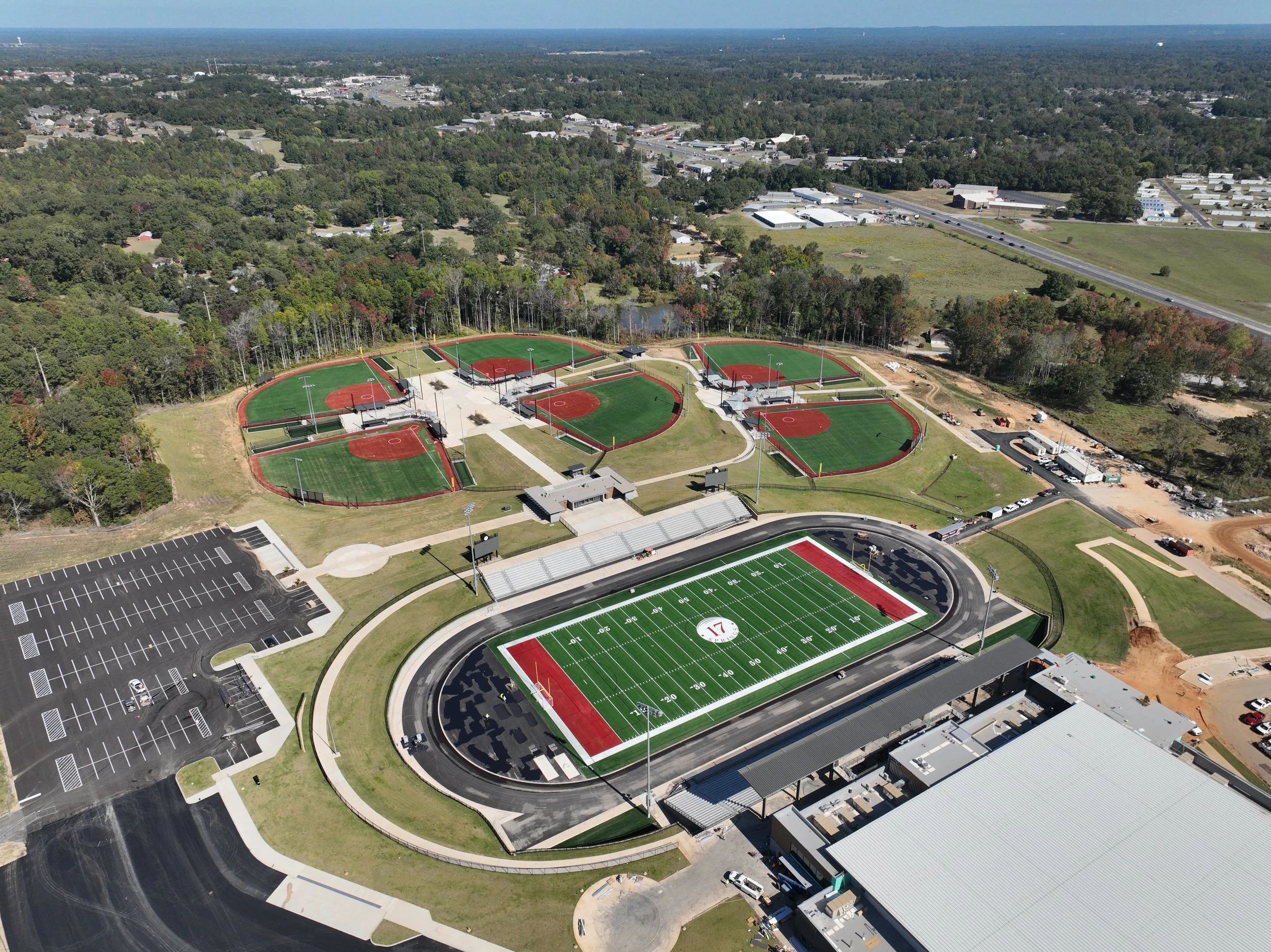
Welcome to DT design studio’s Resource Hub!
We always strive to be a resource for our community, whether you’re just curious about the built environment or looking for a starting point for your next project.
Our resource articles are written from the general perspective of our work in the Mid-South area. They are meant to provide a broad, basic understanding of planning and design topics, and should not be taken as professional advice for your specific project or site. Always consult with your design professionals for project-specific questions.
All articles are property of DT design studio and may not be reproduced without permission.
What does a typical development process look like?
Development is not a straightforward process and involves many variables and risks. The following outlines a general flow, but developments may go through multiple iterations of each step before moving onto the next. It’s important to get the right collaborators on your team early, so that you can jump on opportunities and have various perspectives to cover your blind spots.
Site selection / feasibility studies
A developer identifies a piece of land and studies whether it’s a good fit for a project. This involves looking at the property’s context, zoning, utility availability, market analysis, environmental conditions, and overall feasibility to see if it is worth pursuing further.
Conceptual planning / pre-application meetings
The developer and design team begin exploring the overall vision and general layout for the development through sketches, financial models, precedent studies, engineering analysis, etc. while staying flexible enough to accommodate changes that will come down the road. During this process, it is important to meet with municipal staff (planning, engineering, fire, public works, etc.) through pre-application meetings to review the concept plan (even at a sketch level), discuss the approval process and timeline, and note any major concerns that need to be worked through.
Community engagement
Community engagement may or may not be required, depending on the approvals you need. If required, it may be in the form of a neighborhood meeting, notice sign, mailouts, or contact with a neighborhood association. Even if not required, most development projects benefit from some level of community engagement. Buy-in from community members and partners can create support for your vision, identify future tenants, or limit more costly changes later in the process.
Zoning entitlement approvals
Many development projects require some type of zoning entitlement approval, sometimes multiple types. Zoning entitlement approvals are heard by boards of elected officials and appointed committee members in public meetings. Typical lenses that proposed developments are reviewed through include fit with community’s vision, land uses, traffic and circulation, open space and landscaping, and architectural character.
Phased approvals / financing / design development
After zoning entitlements are secured, projects typically need to go through subdivision, site plan, and design review approvals for the first phase of construction before entering into a development agreement with the municipality. Some design work is needed for these municipal approvals, although the level of detail will vary depending on the project and the municipality. Design is also needed to better hone in on construction costs for project financing.
Construction documents / permitting / bidding
Multiple design disciplines work together to finalize construction documents (CD’s), which include drawings and specifications, with goals of refining the user experience, code compliance, reducing conflicts, staying in budget, streamlining operations, and communicating necessary information to contractors. After permit reviews are completed, the project is put out to bid so contractors or subcontractors (if a construction manager is already selected) can provide pricing.
Construction / leasing / operations
The development starts to come to life and be filled with users through the construction, leasing, and operations process!
Have a question that you would like us to weigh in on? Let us know using the form below. We may create a future article about it!
